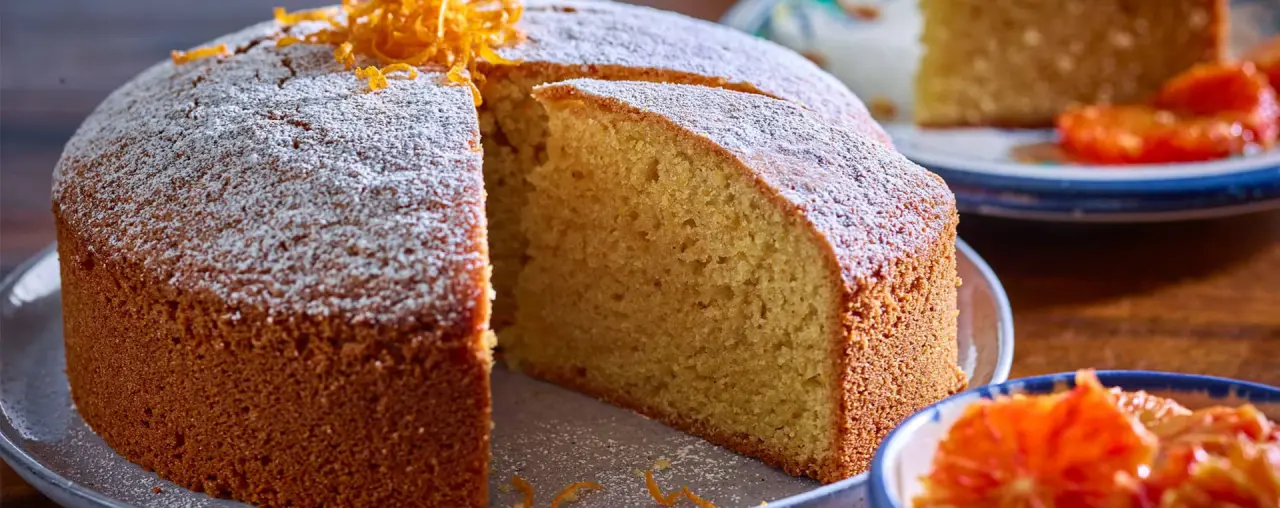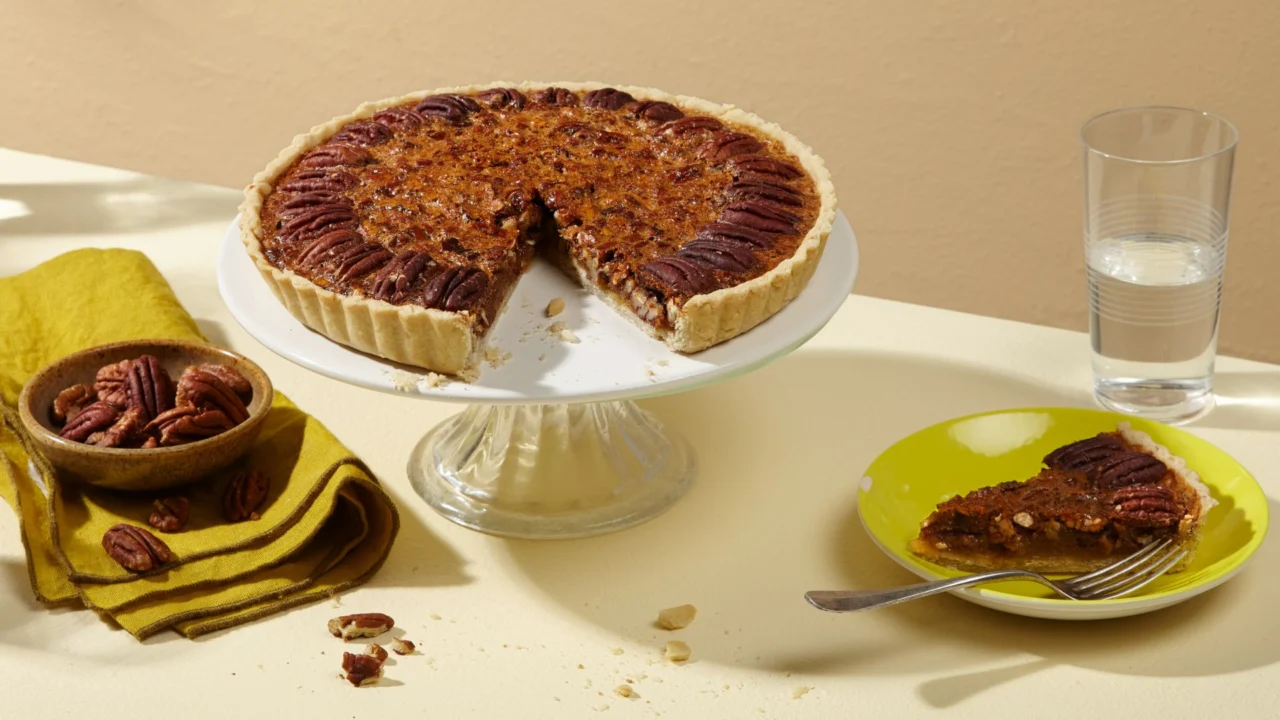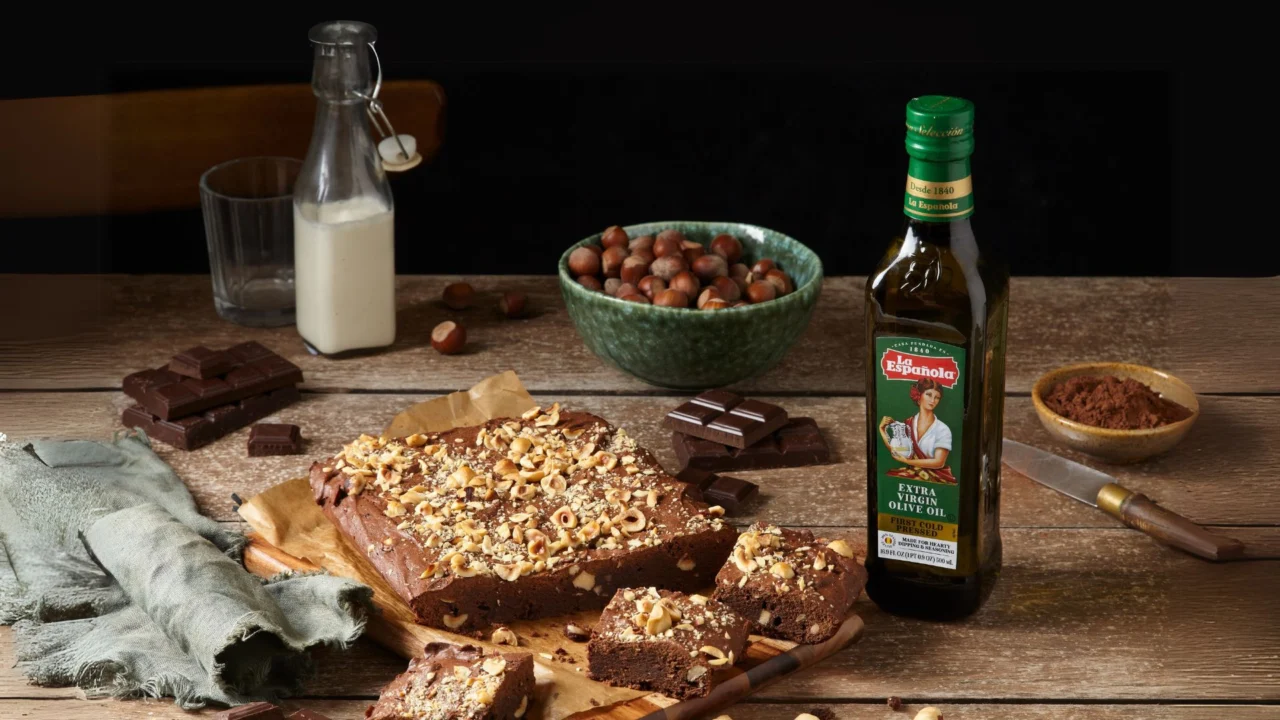Who ever said that desserts can’t be healthy and wholesome? Baking your favorite sweet treats doesn’t have to be something you feel guilty about. Using olive oil in dessert recipes as a substitute for butter is a great way to change their nutritional profile without skimping on flavor. So, without further ado, let’s explore the role of olive oil in creating healthier and more wholesome desserts.
The Rise of Olive Oil in American Baking
The integration of olive oil into American baking has gained significant momentum in recent years. This trend highlights a shift toward healthier alternatives in dessert preparation, enhancing flavors while promoting wellness.
Health Benefits of Using Olive Oil
Olive oil is renowned for its numerous health benefits. It is rich in monounsaturated fats, which are considered heart-healthy. This fat composition can help lower bad cholesterol levels, potentially reducing the risk of heart disease.
- High in antioxidants, which combat oxidative stress and inflammation.
- Contains vitamins E and K, supporting skin health and immune function.
- May improve blood sugar control, making it a wise choice for those monitoring their glucose levels.
Incorporating olive oil into baked goods not only aligns with a health-conscious approach but also maintains moistness and enhances flavor, appealing to a broad audience.
Exploring Olive Oil in Cake Recipes
Olive oil cake is gaining recognition for its moist texture and rich flavor, making it a favorite in many kitchens. This dessert is versatile, allowing for various flavor combinations while maintaining its unique identity.
Classic Carrot Cake Recipe
The foundation of a good carrot cake lies in its simplicity, combining basic yet flavorful ingredients. This Easy Carrot Cake with Cheese Frosting showcases how La Española Mild & Light Olive Oil subtly elevates the flavor profile of traditional carrot cake.
Super Cakes with Fruit and Olive Oil
Making healthy bakes is all about the ingredients you use. These cake recipes call for natural, everyday ingredients that you can feel good about. Our Olive Oil Almond and Orange Cake combines protein-rich almonds with citrusy orange in this delightfully moist and zesty cake.

All-Purpose Flour vs. Alternatives
When it comes to flour selection, all-purpose flour is often the go-to choice for olive oil cakes due to its versatility. However, experimenting with alternative flours can yield different textures and flavors. Some popular alternatives include:
- Almond Flour: This nut-based flour adds moisture and a rich flavor, making the cake denser and more nutrient-rich.
- Coconut Flour: Offering a subtle sweetness, coconut flour absorbs more liquid than all-purpose flour, necessitating adjustments in moisture levels.
- Whole Wheat Flour: Incorporating whole wheat flour introduces a nuttier flavor and a higher fiber content, enhancing the nutritional profile of the cake.
Choosing the right flour can dramatically affect the final product, so experimentation is encouraged to find the ideal blend that complements the olive oil.
Balancing Sugar and Flavor
Sweetness is an integral aspect of desserts, but the type of sugar and its quantity should be carefully managed. Regular granulated sugar works well, but alternatives like brown sugar or honey can enhance the depth of flavor. The sweetness level must align with the other ingredients to maintain balance without overpowering the more delicate notes of the olive oil.
Additionally, incorporating spices such as cinnamon or nutmeg can elevate the overall taste, providing a complex backdrop that pairs beautifully with the rich notes of olive oil.
Homemade Ice-Cream with Olive Oil
Let’s face it, nothing beats the feeling of serving homemade ice-cream to your loved ones. Using olive oil in ice-cream recipes not only boosts its nutritional profile but also adds an extra dimension to the flavor, as this Olive Oil and Orange Ice-Cream amply demonstrates. Alternatively, if you prefer a dairy-free option, try our Blood Orange and Olive Oil Sorbet. An exquisite dessert perfect for serving at dinner parties, it’s taken up a notch by the inclusion of La Española Gourmet Extra Virgin Olive Oil. Made with select manzanilla olives, this is a dessert for all the foodies out there.
Tried and True Classics

And now it’s time to turn our attention to some American classics. First up is a Traditional Pecan Pie recipe with a Mediterranean twist. Made with La Española Classic Olive Oil, you may be pleasantly surprised by the flavor olive oil brings to this much-loved recipe.
Likewise, our Classic Apple Pie makes for a fragrant and delicious bake. Made with traditional herbs and spices, the addition of olive oil serves to meld flavors beautifully.
Wholesome Bakes with Chocolate
For the chocolate lovers among you, we’ve got two delightfully wholesome recipes that will allow you to indulge your sweet tooth in a healthy way. This Chocolate Brownie recipe doesn’t require milk or butter, but retains all the flavors you know and love. Similarly, these Olive Oil Chocolate Cookies make for a healthy snack that’ll satisfy kids and grown-ups in equal measure.

How to Store Olive Oil Desserts
Proper storage of olive oil desserts is important to maintain their freshness and flavor. The following guidelines can help ensure longevity:
- Room Temperature Storage: If the olive oil dessert will be consumed within a couple of days, it can be stored at room temperature. Place it in an airtight container or cover it with plastic wrap to prevent it from drying out.
- Refrigeration: For longer storage, it is advisable to refrigerate cakes made with olive oil. Wrap the dessert tightly in plastic wrap or foil to impede moisture loss and protect it from absorbing other fridge odors. Be mindful that refrigeration can sometimes alter the texture, making it denser.
- Freezing Options: Freezing is a viable method for longer storage of olive oil desserts. Slice the cake and wrap individual pieces in plastic wrap, followed by aluminum foil, then place them in a freezer-safe bag. This approach retains flavor and moisture. When ready to eat, simply thaw at room temperature or in the refrigerator.
For more recipe ideas and cooking tips, make sure to check out our blog.
